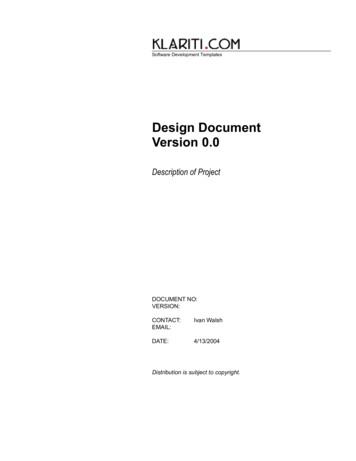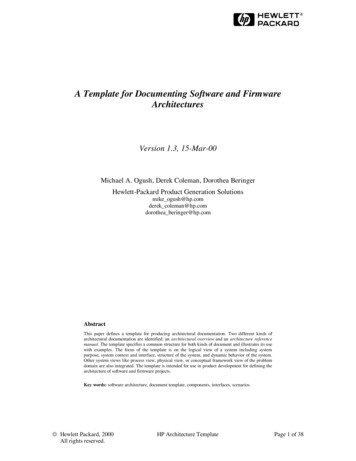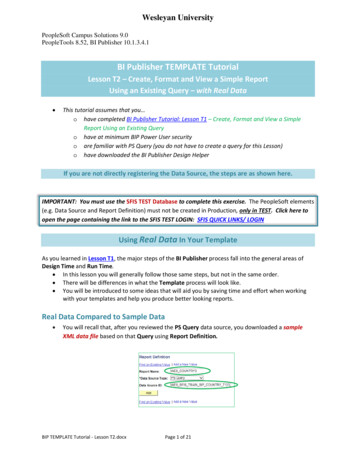
Transcription
Wesleyan UniversityPeopleSoft Campus Solutions 9.0PeopleTools 8.52, BI Publisher 10.1.3.4.1BI Publisher TEMPLATE TutorialLesson T2 – Create, Format and View a Simple ReportUsing an Existing Query – with Real Data This tutorial assumes that you o have completed BI Publisher Tutorial: Lesson T1 – Create, Format and View a SimpleReport Using an Existing Queryo have at minimum BIP Power User securityo are familiar with PS Query (you do not have to create a query for this Lesson)o have downloaded the BI Publisher Design HelperIf you are not directly registering the Data Source, the steps are as shown here.IMPORTANT: You must use the SFIS TEST Database to complete this exercise. The PeopleSoft elements(e.g. Data Source and Report Definition) must not be created in Production, only in TEST. Click here toopen the page containing the link to the SFIS TEST LOGIN: SFIS QUICK LINKS/ LOGINUsing Real Data In Your TemplateAs you learned in Lesson T1, the major steps of the BI Publisher process fall into the general areas ofDesign Time and Run Time. In this lesson you will generally follow those same steps, but not in the same order. There will be differences in what the Template process will look like. You will be introduced to some ideas that will aid you by saving time and effort when workingwith your templates and help you produce better looking reports.Real Data Compared to Sample Data You will recall that, after you reviewed the PS Query data source, you downloaded a sampleXML data file based on that Query using Report Definition.BIP TEMPLATE Tutorial - Lesson T2.docxPage 1 of 21
Wesleyan UniversityPeopleSoft Campus Solutions 9.0PeopleTools 8.52, BI Publisher 10.1.3.4.1 When you worked on your template in MS Word, this sample XML data file was the file loadedin from the Add-ins menu.Oracle Definition of Sample Data File:The sample data file is an XML file with sample data that is used for data mapping, template preview, anddetermining burst fields. Preview action is available within a desktop template designer or from within thereport definition page. For PS Query and Connected Query data source types the sample data file can besystem-generated or uploaded. For XML file data source type, the sample data file must be uploaded. Preview using Sample Data When you ran Preview while working in the Template with sample data, the Previewlooked like this: Preview using Real Data rather than Sample Data Once formatted, when you run the Preview with real data, the Preview looks like this:BIP TEMPLATE Tutorial - Lesson T2.docxPage 2 of 21
Wesleyan UniversityPeopleSoft Campus Solutions 9.0PeopleTools 8.52, BI Publisher 10.1.3.4.1 Important: Keep in mind that this is real data, not live data. This is the output of a query as it existed at the point in time that the query wasdownloaded to an XML file.It will not contain live data unless the query has been registered as the Data Source inPeopleSoft and won’t appear in its final form until the Template and Report Definitionare linked.Outline of Major Steps Using Real Data The steps for working with real data rather than sample data are in the following order.You’ll see that the step to download the Query data source as an XML File through ReportDefinition occurs after the Template is edited and before the Report is published. That is, youdo not need to download the Data Source until you want to test the report online, viaPeopleSoft.1. Design: Data Sourcea. Mock Up Report (Offline)b. Identify Data Source – PeopleSoft Query - Identify and review the query, notcreate2. Design: Template and Reporta. Download Real data (XML File)b. Create BI Publisher Report Template (Offline)c. Preview and Tweak until Complete (Offline)d. Set up Report Definition – Associate Data Source and Template3. Run Time: Request and Viewa. Publish BI Publisher Reportb. View/Post in Report Manager (not shown in this lesson – See LessonT1)BIP TEMPLATE Tutorial - Lesson T2.docxPage 3 of 21
Wesleyan UniversityPeopleSoft Campus Solutions 9.0PeopleTools 8.52, BI Publisher 10.1.3.4.11aDesign: Data Source – Mock Up Report (Offline)One of the advantages of working with real data is that you can do a lot of your mocking up directly inthe Template since you are pretty much previewing how the ultimate report will look. This will beexplained in more detail below.1bDesign: Data Source – Identify Data Source – PeopleSoft Query PEOPLESOFT TEST: Search for and open an existing Public Query in the SFIS PeopleSoft TESTDatabaseThe Query is named: WES SFIS TRAIN BIP COUNTRY T2Run and review the query to familiarize yourself with the contents.Do not make any changes to this query. It contains these fields:The countries are sorted alphabetically by the Letter field and the Descr field. The first few rowsof the Query should look like this:BIP TEMPLATE Tutorial - Lesson T2.docxPage 4 of 21
Wesleyan UniversityPeopleSoft Campus Solutions 9.0PeopleTools 8.52, BI Publisher 10.1.3.4.1 2aAfter reviewing the Query, you can close it. Next you will download the real data.Design: Download Real Data (XML File) There are two ways of creating the real data XML file from PeopleSoft Query:1. If you are editing an existing Query or creating a new query, once it’s saved, do thefollowing: Run the Query. Using the link named Download to XML, download and save the XML file to thedirectory where you have stored similar files. This would be the directory whereyou will store the template file, for example. A menu such as this will pop up. It may differ depending upon which browseryou are using.Save this XML file with a different name that indicates it contains real data andadd your initials.BIP TEMPLATE Tutorial - Lesson T2.docxPage 5 of 21
Wesleyan UniversityPeopleSoft Campus Solutions 9.0PeopleTools 8.52, BI Publisher 10.1.3.4.1 For example, in this demonstration, the real data XML file is saved as:WES SFIS TRAIN BIP COUNTRY T2 REAL DATA AAA.xml2. If the original Query is not open and it’s ready to be downloaded, you can save it as anXML file from the Query Manager page list of queries by clicking on the link XML in thecolumn headed Run to XML: As shown above, when the menu opens, you can Save and/or Open the file inthe directory where related files are located.You can open the real data XML file to take a look at it. The first few lines should resemble this: This XML file contains the current output of the Query as of the time you saved the XML file.You’ll see that the contents of the fields – at that time - appear here, e.g. “A,” “Afghanistan,”“AFG,” ”AF” and so on.BIP TEMPLATE Tutorial - Lesson T2.docxPage 6 of 21
Wesleyan UniversityPeopleSoft Campus Solutions 9.0PeopleTools 8.52, BI Publisher 10.1.3.4.12bCreate BI Publisher Report Template (Offline) Once the real data XML file has been saved, open MS Word to create a new document.o A blank Word document opens.o You will now be able to load the real data XML file to use as the basis for the Templateyou are creating with Word.o If you wish, you can save the document at this point as an RTF file, or you can wait untillater. Whether now or later, keep in mind that you must save the RTF file before youcan run Preview.Select Add-Ins from the menu. To gain access to the data in the real data XML file, click on the Data menu and select Load XMLData Windows Explorer opens.Navigate to the directory where you saved the XML fileClick to open the real data file.o In this example, it is: WES SFIS TRAIN BIP COUNTRY T2 REAL DATA AAA.xmlBIP TEMPLATE Tutorial - Lesson T2.docxPage 7 of 21
Wesleyan UniversityPeopleSoft Campus Solutions 9.0PeopleTools 8.52, BI Publisher 10.1.3.4.1oWhen this message appears, click OK. To begin inserting the fields and formatting the template, click on Insert. The Insert menu appears as follows: For this example, the method to insert the fields into the Template will be Table/Form, the thirdoption. Select Table/Form.Below are the three main sections that make up Table/Form dialog: Data Source, Template andProperties.BIP TEMPLATE Tutorial - Lesson T2.docxPage 8 of 21
Wesleyan UniversityPeopleSoft Campus Solutions 9.0PeopleTools 8.52, BI Publisher 10.1.3.4.1ooYou will be selecting the desired fields from the left section (Data Source) and placingthem in the middle section (Template).The fields are displayed in the first section as a tree. Click on Row under Data Source, and drag the cursor to the middle section under Template.When you release the button, the following pop-up dialog box openso This box appears when you drag an element with children (other elements below theelement), i.e. the fields below Row. The first two sections (Data Source and Template) will look like this:BIP TEMPLATE Tutorial - Lesson T2.docxPage 9 of 21
Wesleyan UniversityPeopleSoft Campus Solutions 9.0PeopleTools 8.52, BI Publisher 10.1.3.4.1 Click on the pop-up dialog, selecting Drop All Nodes.The tree starting with Row now appears in the middle, Template, section.o Note: A Node is a term used in tree views for an element in the tree view.The Data Source and Template sections now look like this:BIP TEMPLATE Tutorial - Lesson T2.docxPage 10 of 21
Wesleyan UniversityPeopleSoft Campus Solutions 9.0PeopleTools 8.52, BI Publisher 10.1.3.4.1 On the report we only want to show the fields Expr5 5, Descr, Country, Country 2char and EuMember State. In order to do that, you either:o drag and drop @rownumber back to the left section, oro right click on @rownumber and click DeleteThe Template section now looks like this:Below is an example of the Template, Properties and Preview sections when you click on Rowin the Template section.The order in which the data elements are shown reflects the order of the columns in the table.BIP TEMPLATE Tutorial - Lesson T2.docxPage 11 of 21
Wesleyan UniversityPeopleSoft Campus Solutions 9.0PeopleTools 8.52, BI Publisher 10.1.3.4.1You can observe attributes of any of the fields under theProperties section by clicking on the individual fields in theTemplate section. For definitions of the Properties terms, onesource is BI Publisher Template Builder for Word Tutorial –Annotated (see page 9 – the text highlighted in yellow).oooIf you were to click OK at this point, the template would be a simple list of rowsresembling the table in the Preview panel under Properties.In order to format the fields as desired, you need to group the rows as described here: To group each alphabetical set of countries by a letter (Expr5 5): Select the node “Row” under Template. Under Propertieso Set Style to “FreeForm” (i.e., change it from “Table.”o Set Grouping to “EXPR5 5” in the Properties section.o Sort by will change to EXPR5 5. Leave as is.The Template, Properties and Preview sections will now look like this:BIP TEMPLATE Tutorial - Lesson T2.docxPage 12 of 21
Wesleyan UniversityPeopleSoft Campus Solutions 9.0PeopleTools 8.52, BI Publisher 10.1.3.4.1ooClick on Expr5 5 under Template . You’ll observe that the Properties Style is Table.Leave as is.ooYou do not need to make any more changes.The data starting with F DESCR and ending with EU MEMBER STATE E comprise arepeating section.To apply these changes, click OK.The template will now display on the page and look like this:ooBIP TEMPLATE Tutorial - Lesson T2.docxPage 13 of 21
Wesleyan UniversityPeopleSoft Campus Solutions 9.0PeopleTools 8.52, BI Publisher 10.1.3.4.12cPreview and Tweak Until Complete (Offline) To get a preliminary view of the report, run a Preview at this time.Click on Add-Ins Preview and select PDF. If you haven’t saved the file as an RTF yet, since this is the first time you’re running a Preview,you will receive the message prompting you to save the file as an RTF.o In this example, the file is named WES COUNTRY T2 AAA.rtf.Once you save the RTF file, the first part of the table will appear as follows, displaying real data: BIP TEMPLATE Tutorial - Lesson T2.docxPage 14 of 21
Wesleyan UniversityPeopleSoft Campus Solutions 9.0PeopleTools 8.52, BI Publisher 10.1.3.4.1 To get some ideas on how to finish formatting the report, refer to the applicable instructions inLesson T1.o Note that with the real data showing in the Preview columns, you have a betterindication of how to adjust the widths.o To differentiate this report from the Lesson T1 report, you could change some of thecolors in the Conditional Formatting, change the footer, change the spacing, and editthe heading.o For this demonstration, the heading will be changed to:BI Publisher Template Example T2List of Countries with CodesEU Members Highlighted Keep running and viewing the Preview as you make your changes.Here is how the top section of this Example report looks with the new formatting and real data: If you’re satisfied with the formatting of the report, save the RTF file.You can now proceed with the next steps.BIP TEMPLATE Tutorial - Lesson T2.docxPage 15 of 21
Wesleyan UniversityPeopleSoft Campus Solutions 9.0PeopleTools 8.52, BI Publisher 10.1.3.4.12dSet Up Report Definition – Associate Data Source and TemplateNext we need to create a new XML file, one that will be connected with the PS Query. The existing XML file, WES SFIS TRAIN BIP COUNTRY T2 REAL DATA AAA, containsreal data, from the point in time that the XML file was downloaded.The real data XML File is not connected to the data in PeopleSoft.When the new XML file is downloaded and published in conjunction with the BIPublisher Template, each time it is published, it will display the up-to-date datacurrently in PeopleSoft.This is done through creating a Report Definition to associate the Query data source and Template by Downloading the Data Source from PeopleSoft (Query), and Uploading the recently saved Template Navigate to Report Definition: (Reporting Tools BI Publisher Report Definition)o Click on Add a New Value.o Enter a new Report Name.o Data Source Type: The default is set to PS Query.o Data Source ID: Search for and enter the Query nam
BI Publisher TEMPLATE Tutorial . Lesson T2 – Create, Format and View a Simple Report Using an Existing Query – with Real Data This tutorial assumes that you o. have completed BI Publisher Tutorial: Lesson T1 – Create, Format and View a Simple Report Using an Existing Query . o. have at minimum BIP Power User security . o

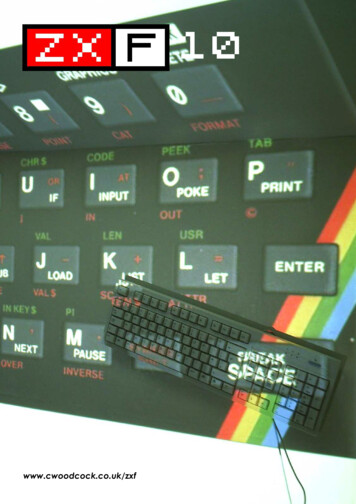
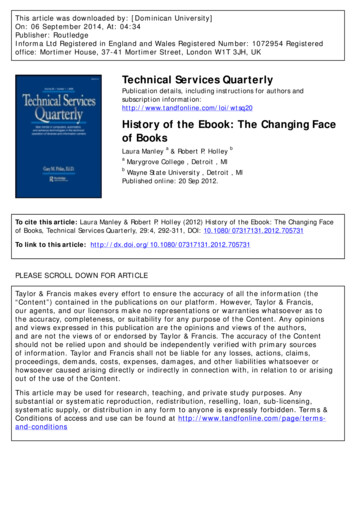

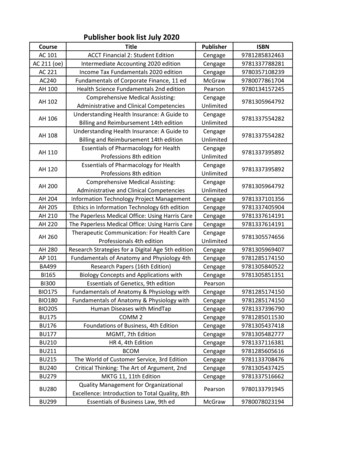
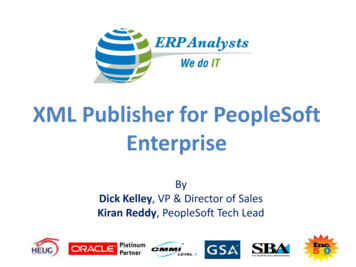
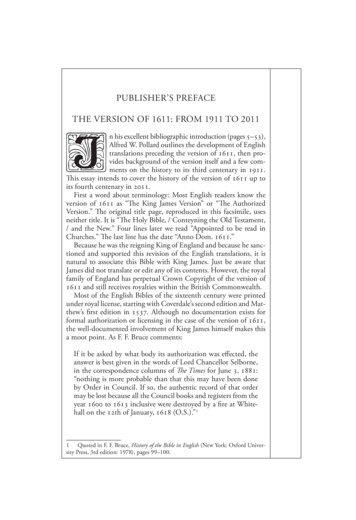

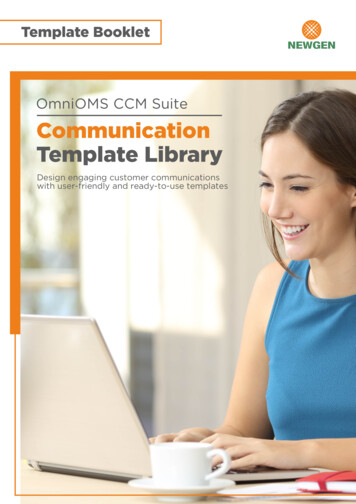
![Unreal Engine 4 Tutorial Blueprint Tutorial [1] Basic .](/img/5/ue4-blueprints-tutorial-2018.jpg)
